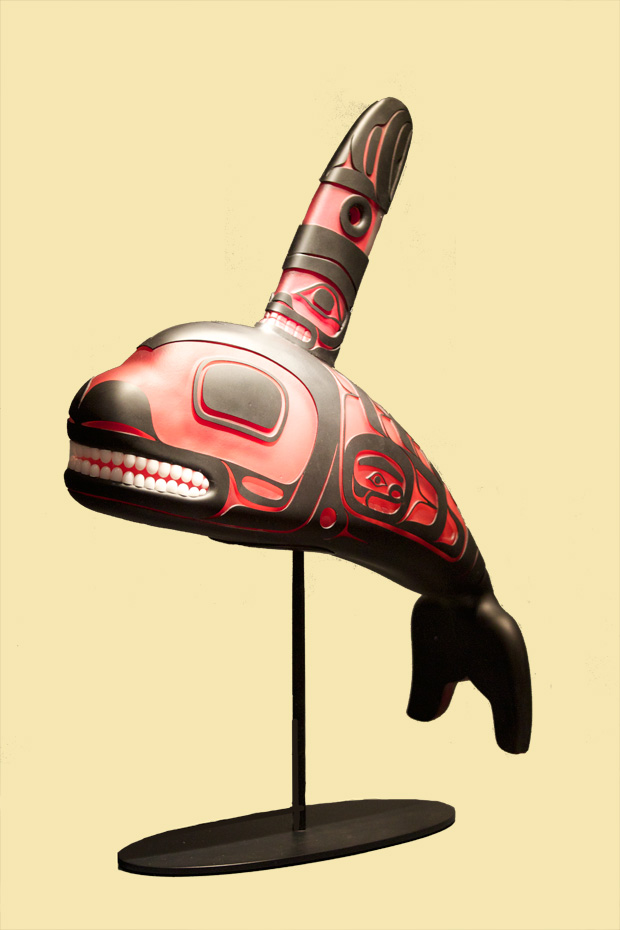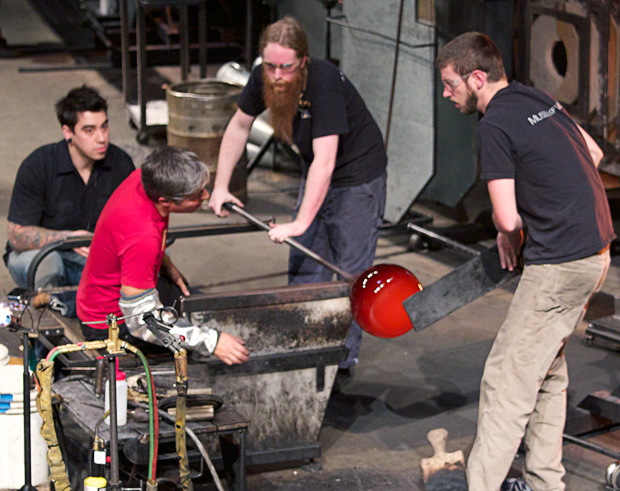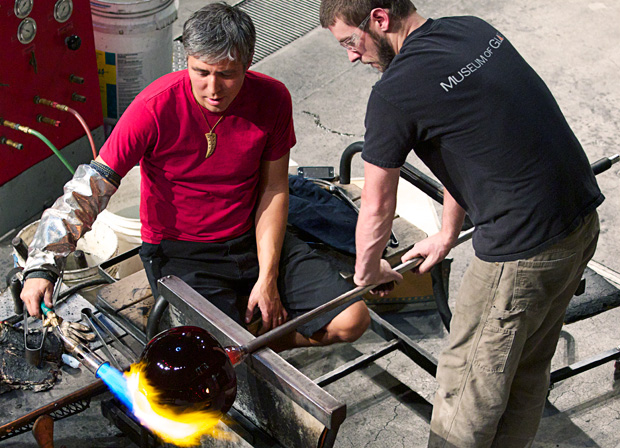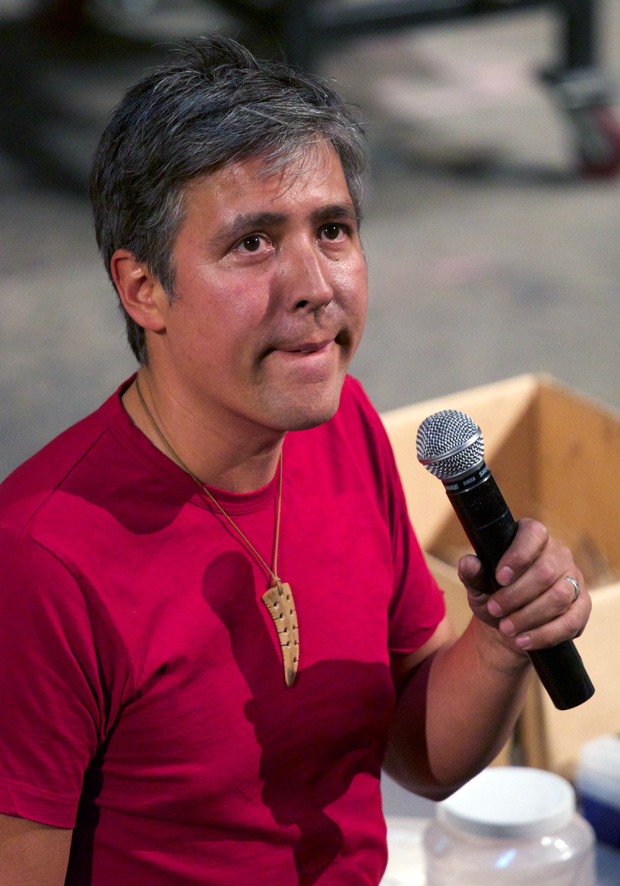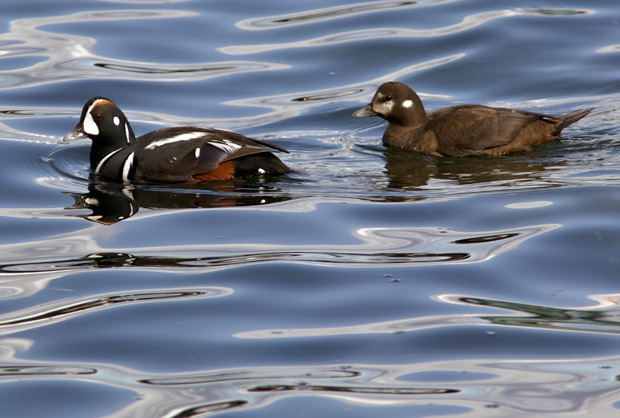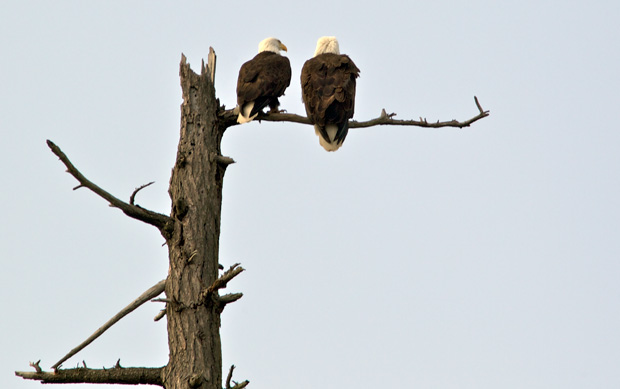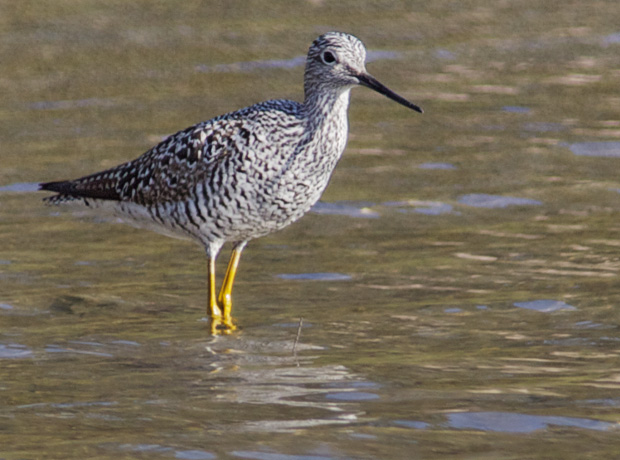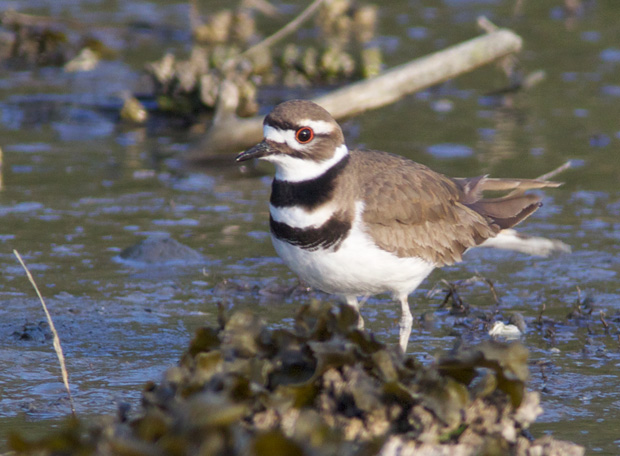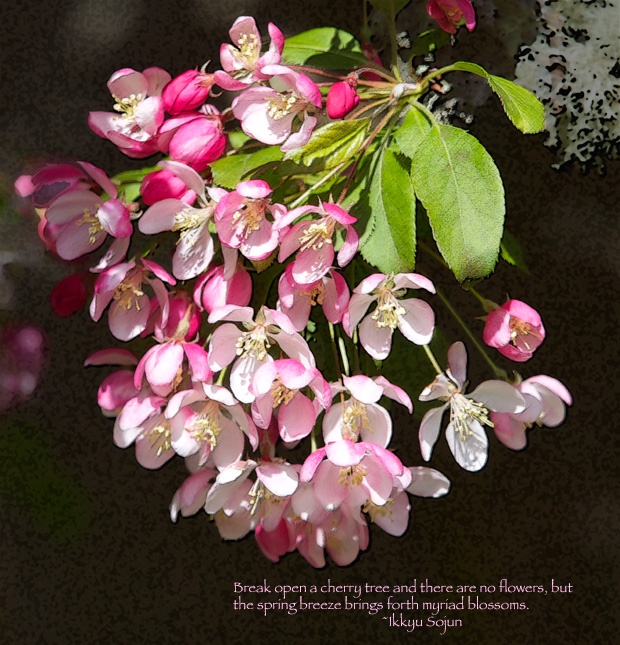I discovered Ikkyu while reading either Theresa Williams’ Facebook entries or her blog, though I can’t remember which. I suspect it was the shocking elements in the poetry that first caught my attention, but I ended up sticking around for subtler elements.
It’s actually fairly tough to find Ikkyu’s poetry, but I ended up buying Crow with No Mouth versions by Stephen Berg, published by Copper Canyon Press, probably because Copper Canyon Press is up the road from me and I’ve been happy with their works in general. The introduction by Lucien Stryk is informative and does a good job of tying biographical details to particular poems in the collection.
After his awakening Ikkyu stayed with the master, taking care of him in growing illness, a paralysis of the lower limbs that necessitated his being carried everywhere. Ikkyu’s unflagging loyalty impressed all, became legendary:
my dying teacher could not wipe himself unlike you disciples
who use bamboo I cleaned his lovely ass with my bare hands
Kasö died when Ikkyu was thirty-five, and the bereaved monk, who at the darkest moment of mourning had been close to suicide, began an endless round of travel, lasting the remainder of his life. He could not settle anywhere, and his behavior, even in those bawdy times, was thought scandalous. He never pretended to be saintly, took his passions as a natural part of life, frankly loved sake and women. After a disappointing day he would rush from the temple to a bar, wind up at a brothel. After which there was often a crisis of self-doubt, if not guilt. At such moments he went to his hermitage in the mountains at Joo:
ten years of whorehouse joy I’m alone now in the mountains
the pines are like a jail the wind scratches my skin
Berg’s two-page preface even proved enlightening, particularly this: “Jung’s “The most terrifying thing is to accept oneself completely” is enacted by Ikkyu in the poems that track his life and the life of his mind.” But I also appreciated this,
Ikkyu wrote in a four-line form. My couplets (with a few exceptions) came as a necessary skeleton for the work of inspiring a voice whose first notes caught me when I read the scholars’ books. A true essay about what happened between their texts and mine would have to explain at length a process not usually associated with other such ambitious transfigurations. For now, let me thank W.S. Merwin and Lucien Stryk for their suggestions.
because I’ll have to admit at times I was bothered by the two-line translations because they are not what I’ve come to expect. A few of the translations seemed like literal, rather than literary translations, which is not necessarily a bad thing.
Crow with No Mouth is only 80 pages long, but it’s the kind of book you could come back to day after day to find something new to consider:
no nothing only those wintry crows
bright black in the sun
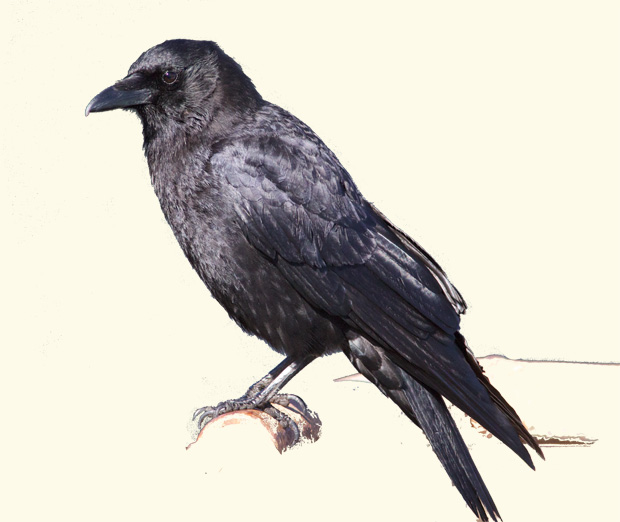
peace isn’t luck for six years stand facing a silent wall
until the you of your face melts like a candle
the crow’s caw was ok but one night with a lovely whore
opened a wisdom deeper than what that bird said
